Kate Armstrong is a Canadian artist, writer and curator with a history of projects focusing on experimental literary practices, networks and public space. [1]
Armstrong is a Canadian artist, writer, and curator. [1] She holds a Bachelor of Arts degree from Queen's University in Kingston, Ontario. She received a master of philosophy in humanities degree from Memorial University in St. John's, Newfoundland. After gaining her master's degree from Memorial University in her early twenties, she began her current career path in the arts. [2] The main focus of her work is to explore the relationship between art and technology. [3]
Armstrong was born in Calgary and lived in New York, Glasgow and Japan, later moving to Vancouver, British Columbia. She resides in Vancouver. She is married to Michael Tippett and has 2 children. [2]
She founded Upgrade Vancouver [4] in 2003 and has produced over 100 events in the field of art and technology in Vancouver, as well as many international events and exhibitions in connection with Upgrade International, [5] a network operating in 30 cities worldwide.
In 2008 Armstrong commissioned and curated Tributaries and Text-Fed Streams, [6] a work by J.R. Carpenter, which investigated the formal properties of RSS syndication as a literary form.
From 2005 to 2008 she taught at Simon Fraser University in the School of Interactive Arts and Technology in Surrey, British Columbia. She lectured at Tate Britain in mid 2009. [7]
Electronic literature or digital literature is a genre of literature where digital capabilities such as interactivity, multimodality or algorithmic text generation are used aesthetically. Works of electronic literature are usually intended to be read on digital devices, such as computers, tablets, and mobile phones. They cannot be easily printed, or cannot be printed at all, because elements crucial to the work cannot be carried over onto a printed version.
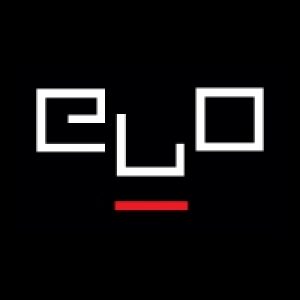
The Electronic Literature Organization (ELO) is a nonprofit organization "established in 1999 to promote and facilitate the writing, publishing, and reading of electronic literature". It hosts annual conferences, awards annual prizes for works of and criticism of electronic literature, hosts online events and has published a series of collections of electronic literature.

Kate Pullinger is a Canadian novelist and author of digital fiction, and a professor of Creative Writing at Bath Spa University, England.

Michael Tippett is a Canadian entrepreneur, columnist and educator.

Peter Swirski is a Canadian novelist, scholar, and literary critic featured in Canadian Who's Who. He is the author and editor of 19 nonfictions, including the prize-winning Ars Americana, Ars Politica (2010) and the staple of American popular culture studies From Lowbrow to Nobrow (2005). His other studies include American Utopia and Social Engineering (2011), American Political Fictions (2015), American Utopia: Literature, Society, and the Human Use of Human Beings, and the digital-futurological bestseller From Literature to Biterature (2013). He is also the leading authority on the late writer and philosopher Stanisław Lem.
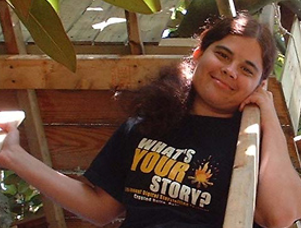
Deena Larsen is an American new media and hypertext fiction author involved in the creative electronic writing community since the 1980s. Her work has been published in online journals such as the Iowa Review Web, Cauldron and Net, frAme, inFLECT, and Blue Moon Review. Since May 2007, the Deena Larsen Collection of early electronic literature has been housed at the Maryland Institute for Technology in the Humanities.
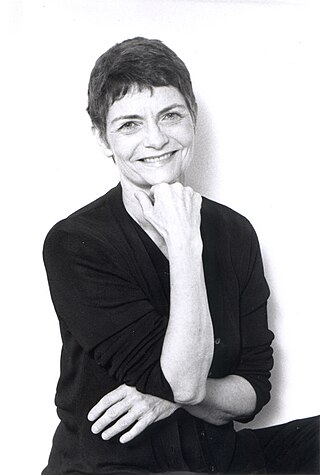
Stephanie Strickland is a poet living in New York City. She has published ten volumes of print poetry and co-authored twelve digital poems. Her files and papers are being collected by the David M. Rubenstein Rare Book And Manuscript Library at Duke University.
The Maryland Institute for Technology in the Humanities (MITH) is an international research center that works with humanities in the 21st century. A collaboration among the University of Maryland College of Arts and Humanities, Libraries, and Office of Information Technology, MITH cultivates research agendas clustered around digital tools, text mining and visualization, and the creation and preservation of electronic literature, digital games and virtual worlds.
Maria W. Tippett is a Canadian historian specialising in Canadian art history. Her 1979 biography of Emily Carr won the Governor General's Award for English-language non-fiction.
J. R. Carpenter is a British-Canadian artist, writer, and researcher working across performance, print, and digital media. She was born in Nova Scotia in 1972. She lived in Montreal from 1990 to 2009. She emigrated to England in 2010, and became a British citizen in 2019. She now lives in Southampton, England.
Lorna Brown is a Canadian artist, curator and writer. Her work focuses on public space, social phenomena such as boredom, and institutional structures and systems.
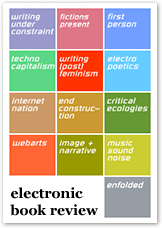
Electronic Book Review (ebr) is a peer-reviewed scholarly journal with emphasis on the digital. Founded in 1995 by Joseph Tabbi and Mark Amerika, the journal was one of the first to devote a lasting web presence to the discussion of literature, theory, criticism, and the arts.
Amaranth Borsuk is an American poet and educator known for her experiments with textual materiality and digital poetry. She is currently an associate professor at the University of Washington Bothell's School of Interdisciplinary Arts & Sciences, where she teaches undergraduate courses on poetry, philology, and experimental writing. She also serves as the Chair of the school's M.F.A. program in Creative Writing, which she co-chaired from 2018 to 2022.
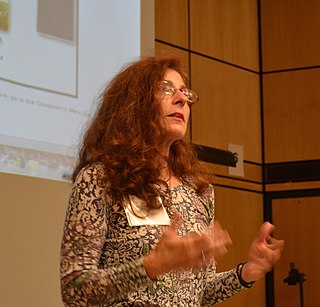
Dene (Rudyne)Grigar is a digital artist and scholar based in Vancouver, Washington. She was the President of the Electronic Literature Organization from 2013 to 2019. In 2016, Grigar received the International Digital Media and Arts Association's Lifetime Achievement Award.
Richard Paul Teleky is a Canadian writer and academic, currently a professor in the Humanities Department at York University in Toronto, Ontario. His primary research areas include Central European literature, ethnic studies/immigrant literature, early modernist writing, and film and contemporary culture, as well as the creative process.
Joseph Tabbi (1960-) is a US academic living in Norway, and is a full professor at the University of Bergen. He is a literary scholar and theorist, notable for his contributions to the fields of American literature and electronic literature.
Richard Holeton is an American writer and higher-education administrator. Holeton's creative works are foundational in the hypertext and electronic literature genres. As a writer, his most notable work is the hypertext novel Figurski at Findhorn on Acid, which has been recognized as an important early work of electronic literature and is included in the hypertext canon.
Grafik Dynamo is an online artwork and work of electronic literature by Kate Armstrong and Michael Tippett, commissioned by the arts organization Turbulence and published in 2005. Grafik Dynamo creates a constantly changing three-frame graphic comic strip by combining speech bubbles and text frames with text written by Armstrong with images that are pulled in from user posts to LiveJournal and Flickr.
{{cite web}}: CS1 maint: bot: original URL status unknown (link)